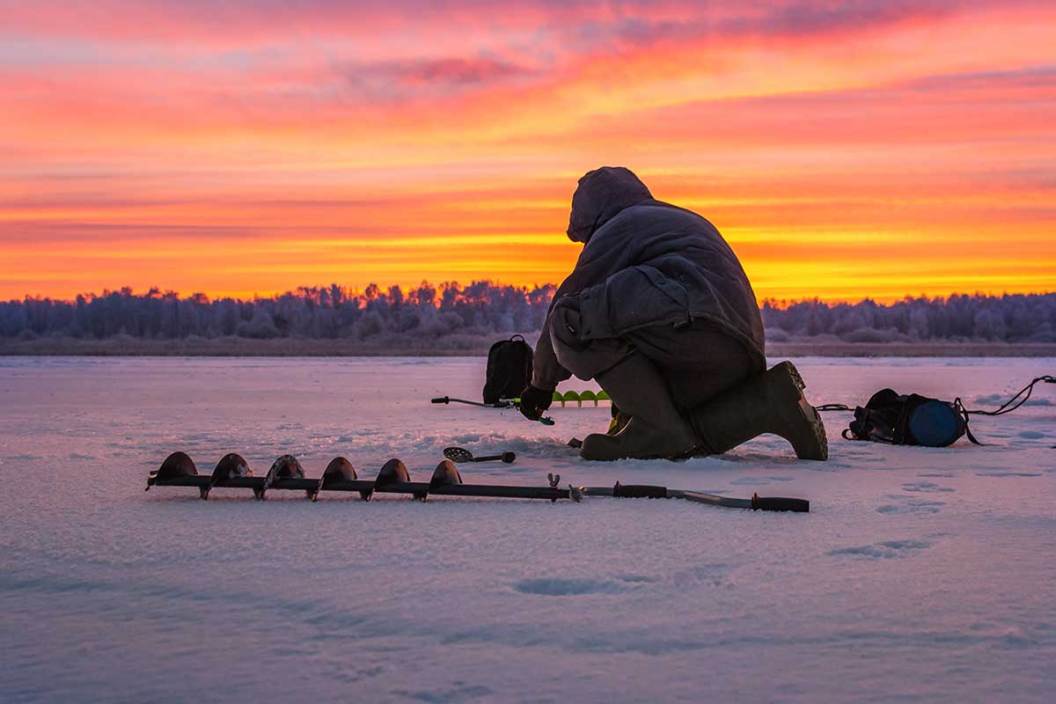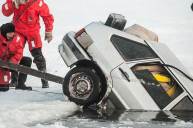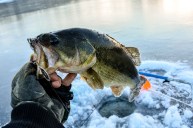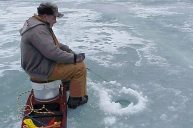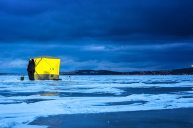One of my all-time favorite parts of the year is here: the season of ice fishing. If you haven't ice fished before, it's an experience that is often hard to put into words. There's an excitement factor mixed perfectly with a peaceful element. Then there's this feeling of camaraderie with you and your buddies while also having a sense of solitude out on the ice, regardless of whom you are with.
If you're an avid ice angler, you know exactly what I am talking about. If you aren't, then you need to get out and experience it firsthand, and you'll quickly understand the feeling I am describing. But before you get out on the ice this year, there are some steps to take and some suggestions to consider to ensure that you have a great and, most importantly, a safe season, regardless of whether you're a first-timer or a seasoned veteran.
Bundle Up, The Right Way

mariannehoy/Getty
This might sound obvious, but ice fishing can get pretty cold, and a large majority of my friends gave up on ice fishing early because they couldn't handle the freezing temperatures. There isn't a whole lot of physical exertion on the ice, and there are safety reasons behind it; but because of this, it's crucial your gear is designed to keep you warm while you're being relatively immobile.
Wearing a hundred layers won't have the desired effect, either. My father, the old-school hunter and angler that he was, used to assume that the more wool layers he could put on me for traversing out on the ice, the better. However, all of these layers constricted me while causing me to sweat—which, once it hit my body, felt like ice cubes. Instead, develop a proper layering system that has active insulation. A good base layer of Merino wool is ideal, followed by an active midlayer insulation such as Primaloft. Finally, have a quality shell overtop that will block wind and keep the inside warmth regulated, while also being easy to take off if necessary. Hands and feet will get cold the quickest, so ensure you have quality Merino wool socks and good gloves that wick moisture away from your body.
Know Your Gear
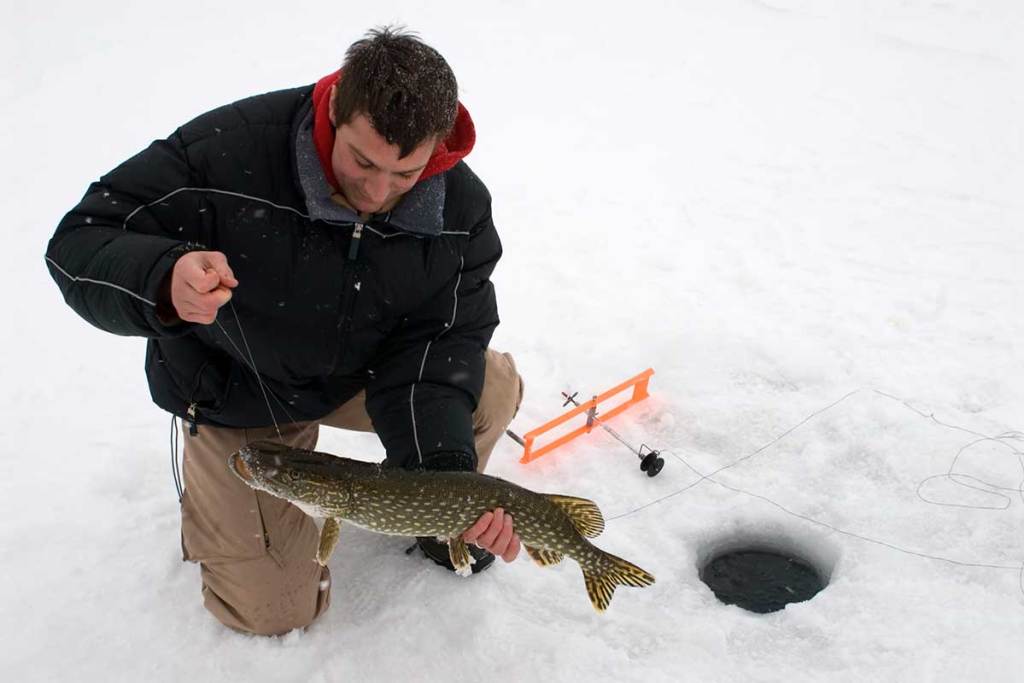
Michael Olson/Getty
If this is your first trip out on the ice, make sure you have everything you need. If this isn't your first rodeo, you should still check to make sure all of your gear is in working order and stowed away properly in a safe spot. It's easy to assume that if everything was in good shape last year, it will be good this year, but that can be a grave mistake. Check your fishing line to ensure that it hasn't worn out from sitting in storage. In fact, I opt to replace my line every year—better to be safe than sorry. Inspect your ice cleats to make sure they're in good shape and sharp. Make sure that your ice auger has fresh gas in it and is working well. All of these precautionary steps will make for a more peaceful and successful day on the ice.
Triple-Check Ice
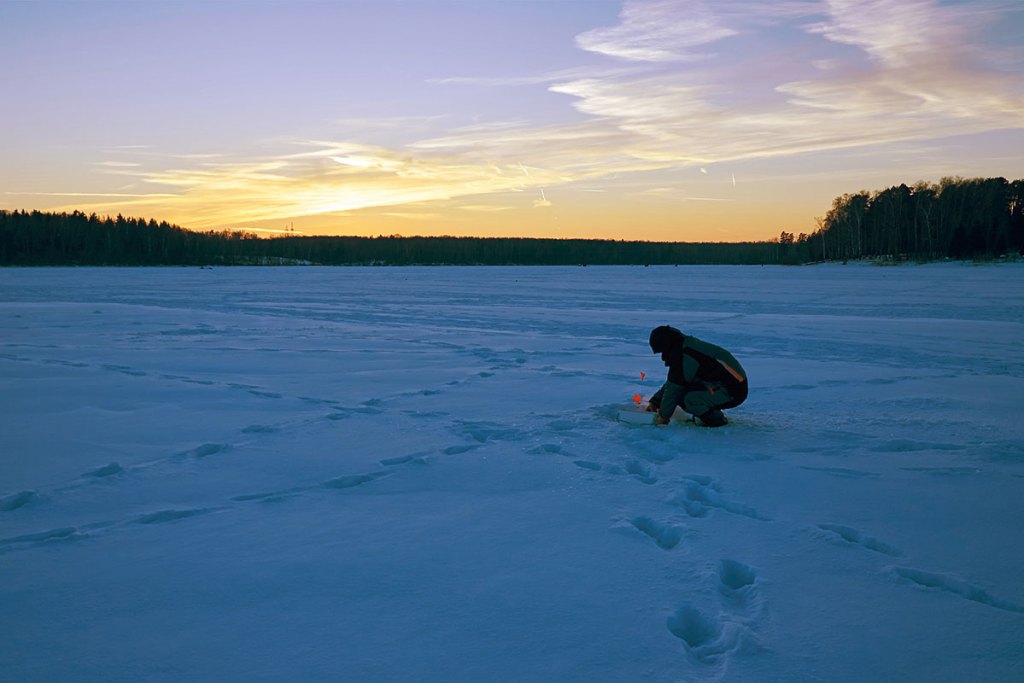
The strength of ice can often be misleading, and this is something you don't want to gamble with. My friends often think I am being overly paranoid when checking the ice, but the truth is that triple-checking is worth it.
Watch for key signs that the ice is weak, such as cloudiness, flowing water nearby, and even bridges, which can all be signs to stay off the ice. I always keep an ice chisel with me to check the depth of the ice and determine its strength. There are different standards you'll hear about how thick ice should be, but a good general rule is at least 4 inches. And regardless of how strong it appears, always keep a life vest on, 30-40 feet of rope and, last but not least, ice safety picks. You can get ice pick lanyards at most outdoor stores for less than $20. That's a small price to pay for something that can literally save your life.
Strength in Numbers
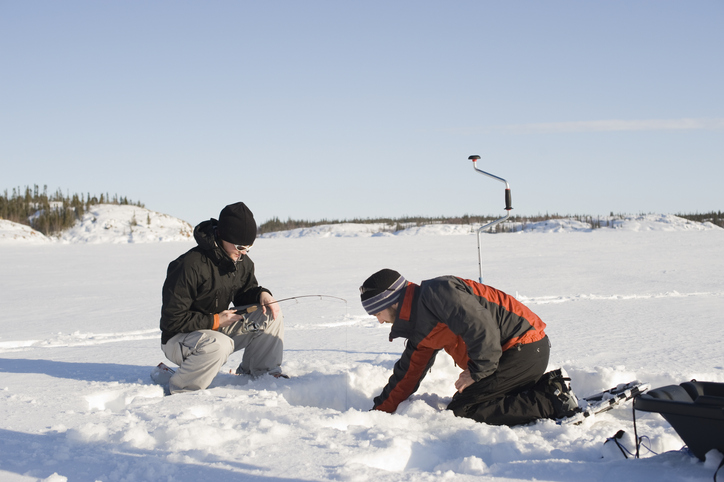
Regardless of your experience level, I always recommend bringing a buddy along on your trip. Not only does this provide an additional level of safety, but it will also increase your success on the ice, even if bringing a novice. Setup will be much easier, retrieval will be more fluid and smooth—and, not to mention, you'll have someone to share the excitement with!
Bring Good Bait
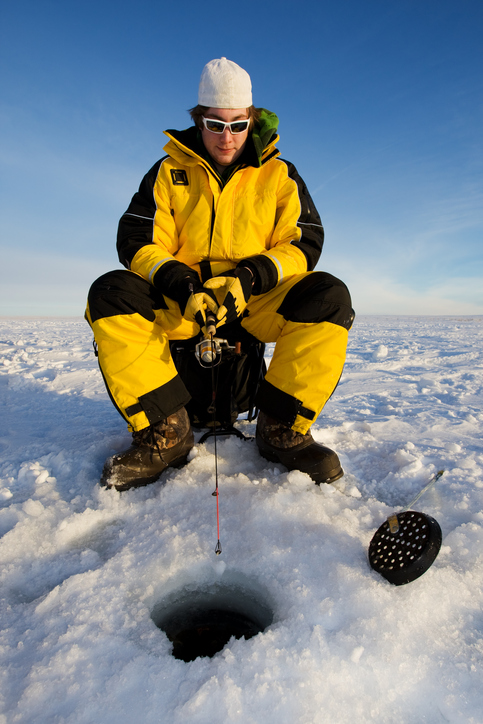
Choosing the right bait will obviously be contingent on what type of fish you are targeting. You can check online to see what the more common fish types are in the lake you're fishing on, and pick your bait accordingly. Don't forget to ensure that your live bait is stored appropriately. This time of the year, it's rather easy for the water your live minnows are in to freeze, rendering them useless. Store them in a temperature-controlled area, and check on them the morning of to ensure they are still alive. This will save you time and stress before you get out on the ice!
Go Where The Fish Are
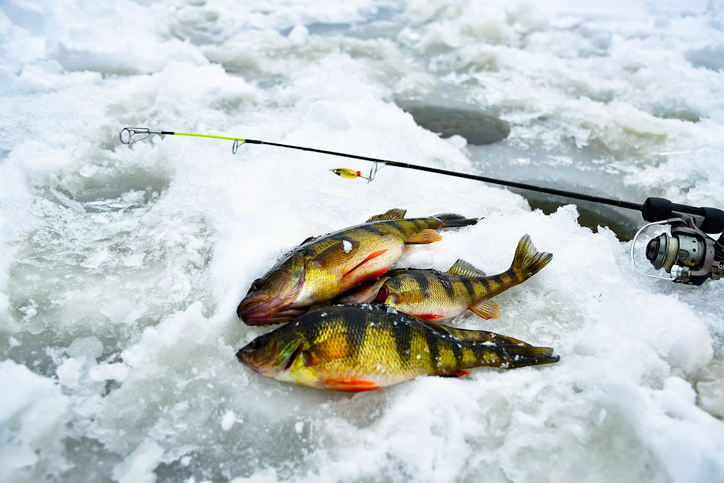
Spending a day on the ice and not getting a single bite can be a drag. But odds are, if you've fished long enough, you've experienced this. Probably more than once. Over the years, technology such as fish finders and online fishing reports has become so accurate and effective that choosing a spot at random just doesn't make sense anymore.
I recommend reading the local fishing reports to gain an understanding of how the fish are biting and where the numbers are. Most fishing reports will also give you ice conditions, which can help out tremendously. Fish finders are also an incredible tool that will make the most out of your fishing trip and essentially lead you exactly to where the fish are. Nowadays, these tools aren't too expensive either, as you can pick up a quality model designed solely for ice fishing for less than $300. Believe me, it's worth it.
Safety is, of course, the most important factor to consider when you're ice fishing this season. The main thing is to ensure that the ice you are fishing on is safe, and that you and your fishing partners are prepared for any scenario. Use these tips for the coming season, and you should be in for one of the most exciting winter activities there is.
